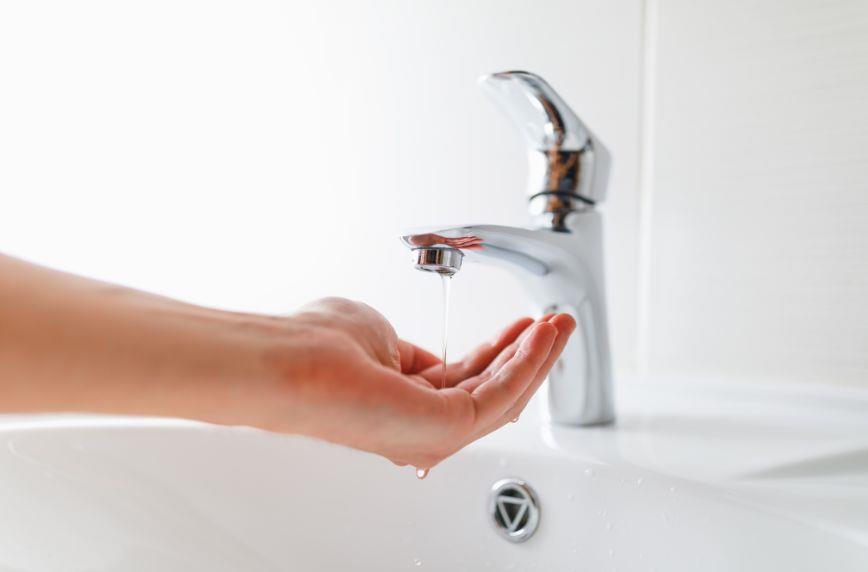Hello, homeowners! Today, we're diving into the sometimes-tricky waters of plumbing issues, specifically low water pressure versus low water flow. If you've ever experienced the frustration of a weak shower stream or a dripping faucet, you're not alone. But are you dealing with low water pressure or low water flow, and most importantly, can you fix it? Let's find out!
Understanding Water Pressure
First, let's talk about low water pressure. Water pressure is the force that propels water through your home's pipes. It's what gives you that satisfying blast from the showerhead or allows the kitchen faucet to quickly fill pots and pans. Various factors can cause low water pressure, including blockages, leaks, or even malfunctioning pressure regulators. The result? An unsatisfying trickle of water when you need it the most.
Exploring Water Flow
Now, onto low water flow. Water flow is all about the volume of water moving through your plumbing system, and it's influenced by the available pressure and other factors like pipe size and fixture type. Unlike water pressure, low water flow often originates from problems with the water supply system, such as corroded or undersized service lines. This can result in a frustrating reduction in the overall volume of water available for use throughout your home.
Troubleshooting and Diagnosing Water Pressure and Flow Problems
So how do you figure out if you have a water pressure or a water flow problem? As any good detective would do, start by gathering the evidence. Check multiple fixtures throughout your home to see if the issue is isolated to one area or widespread. If the problem is localized, it's more likely a plumbing-related issue, like a clogged aerator or a blocked pipe. Conversely, if the problem affects your entire home, it may be due to issues with the water supply or service line.
To diagnose water pressure problems, a pressure gauge can be your best friend. Attach the gauge to an outdoor faucet and turn on the water to measure the static water pressure. If it's significantly below the recommended 45–60 psi (pounds per square inch), you may have a pressure regulator issue or a problem within the water supply system.
For water flow issues, consult with a licensed plumber who can assess the size and condition of your service lines and check for any possible corrosion or blockages. But as we mentioned, flow issues can stem from low water pressure, which your plumber may notice. In this case, low water flow could be one of the signs you need a booster pump to improve water pressure.
Understanding all about low water pressure versus low water flow is key to identifying and fixing plumbing issues in your home. By taking the time to investigate the symptoms and consult with professionals, you'll soon be enjoying high-pressure showers and filling up pots with ease.
Are You a Professional?
Requests for your services are coming in left and right. Let’s connect and grow your business, together.


